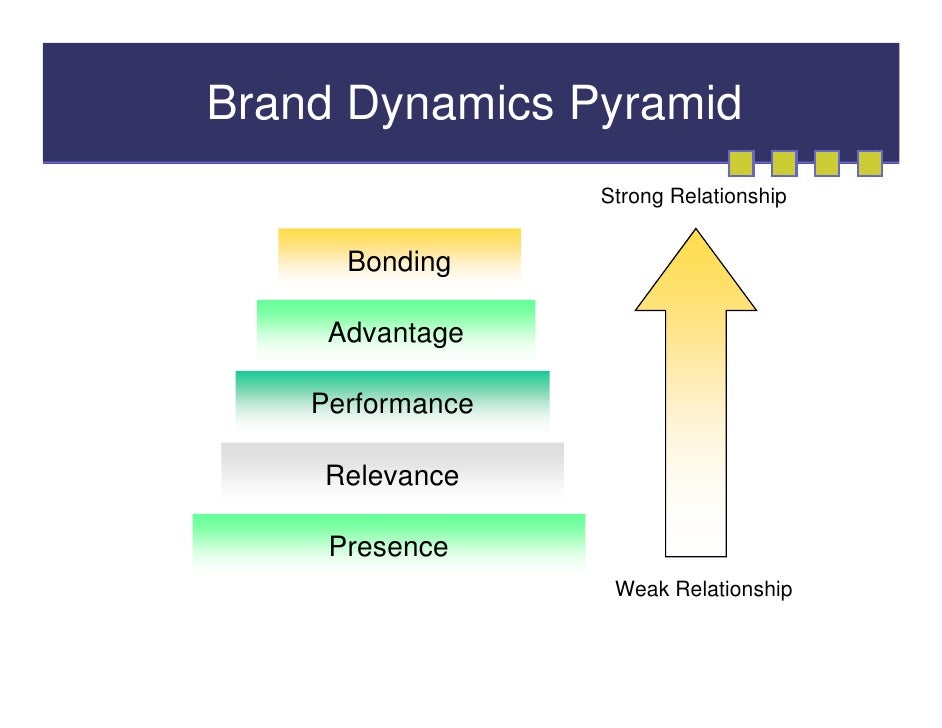Introduction
With the understanding of measures on the first two dimensions, that is, differentiation and relevance, this lecture continues with the discussion on measures of variants of the remaining two dimensions, esteem and knowledge.
On the dimension of esteem
Customer loyalty: This shows how consistent customers are in buying your brand, how long they have been buying and how long they may buy? This measure should tell you the number of customers that you would have lost had you not had the branding strategies. This also tells you that the customers who did not leave your brand are loyal customers.
You ask your customers what other brands they considered before finally deciding to stick to your brand. You can find out the competitive brands that entered your customers’ decision-set. The next question should clarify why they stuck to your brand after considering competition and then discarding it.

With the understanding of measures on the first two dimensions, that is, differentiation and relevance, this lecture continues with the discussion on measures of variants of the remaining two dimensions, esteem and knowledge.
On the dimension of esteem
Customer loyalty: This shows how consistent customers are in buying your brand, how long they have been buying and how long they may buy? This measure should tell you the number of customers that you would have lost had you not had the branding strategies. This also tells you that the customers who did not leave your brand are loyal customers.
You ask your customers what other brands they considered before finally deciding to stick to your brand. You can find out the competitive brands that entered your customers’ decision-set. The next question should clarify why they stuck to your brand after considering competition and then discarding it.



